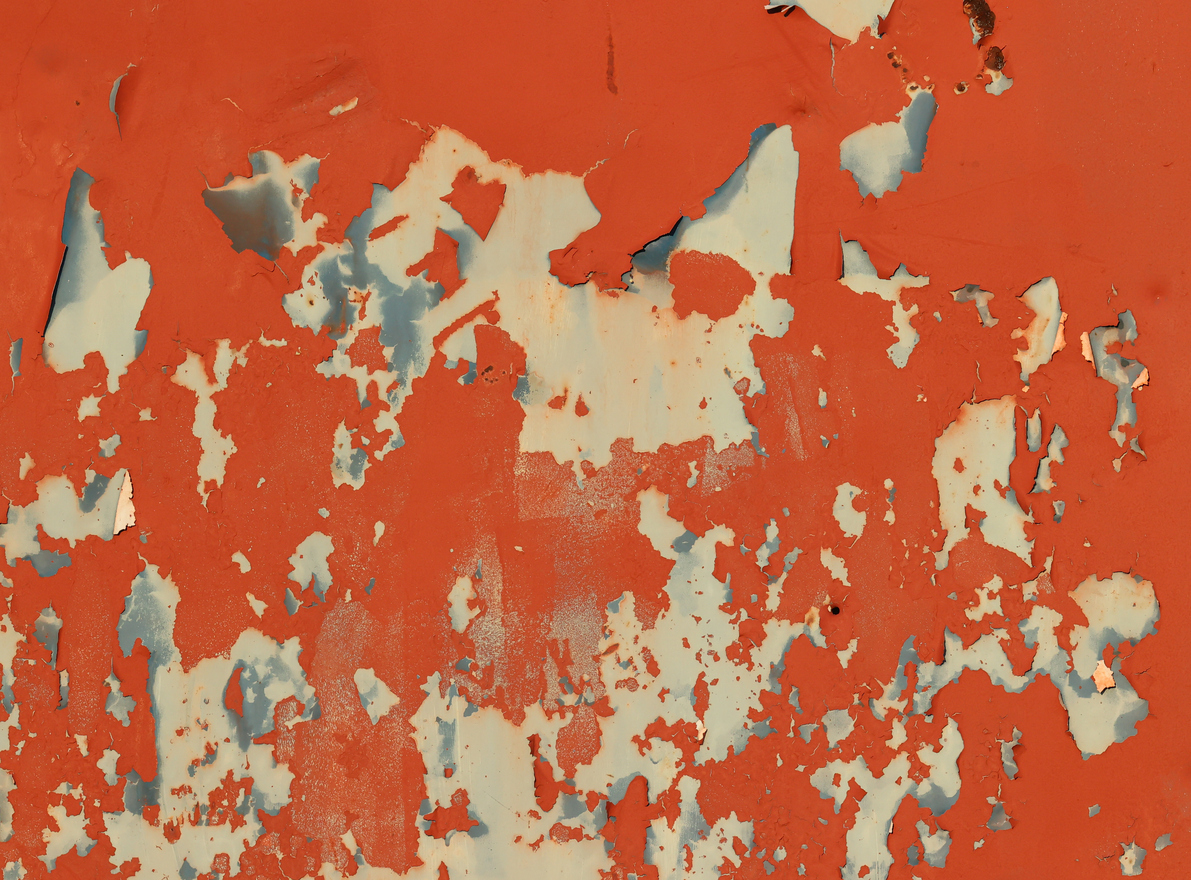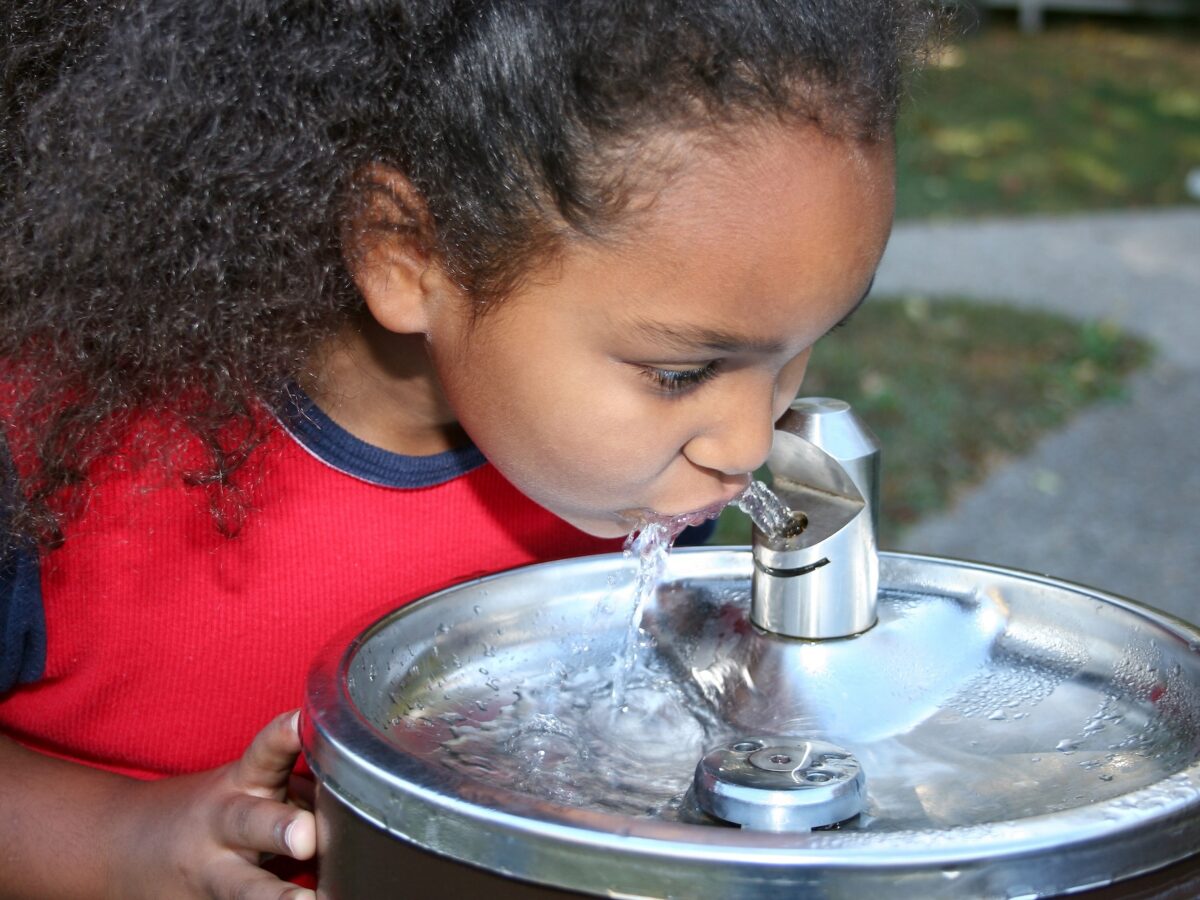Overview:
-Detroit drops dust sampling for lead from new rental program due to state rules.
-Lead expert who initially supported city's rental ordinance says visual lead inspections "meaningless."
-City plans to lobby for bill in Lansing that would allow dust samples for lead.
Detroit rental properties will undergo visual-only inspections for lead-based paint and bare soil when the city’s new rental rules take full effect May 1.
City officials say this simplified process is intended to increase compliance with Detroit’s rental rules, while a public health expert says visual inspections are inadequate for identifying serious and irreversible lead hazards.
Mary Sue Schottenfels, former executive director of CLEARCorps Detroit, a lead poisoning prevention agency, told Planet Detroit the city’s new visual-only inspection is “meaningless” without dust sampling and inadequate for identifying all potential lead hazards, as lead dust is microscopic and not detectable by eye.
“Just like a landlord has to fix the steps, they have to make sure there’s no lead in the house,” Schottenfels said. “I don’t think going back to the full (lead inspection process) is realistic, but just visuals — I think that’s unconscionable.”
Schottenfels originally supported Detroit’s new rental ordinance under the condition that dust sampling would occur in areas of the city with high lead risk. Without it, she said she can’t support the city’s new methodology.
What Detroit is rolling out — a visual review of damaged paint or bare soil — is permissible under state law, said Andrea Taverna, the city’s chief deputy operating officer.
The city’s new rental ordinance, approved in October, aims to reduce inspection costs and make compliance more accessible for landlords, Taverna said.
Full lead inspections can cost more than $400, which city officials say is a major barrier to rental ordinance compliance. An estimated 90% of Detroit rental properties remain unregistered, according to the city.
“I understand there’s a lot of healthy debate around what the correct inspection protocol is, but what Detroit is moving forward with is going to protect children in our city,” Taverna said.
Detroit drops dust wipe sampling, aims for change to state law
Detroit City Council approved rental ordinance changes Oct. 29 that included requirements for dust wipe samples for lead in some instances.
The state health department emailed the city Jan. 17 to state its opposition to Detroit including dust sampling outside of a risk assessment, Taverna said.
All inspections will therefore be visual only for deteriorated paint or bare soil, Taverna said.
On Jan. 30, the city posted a summary of the rental ordinance to its website, noting the removal of the dust sampling requirement in high-risk areas and cases with an asterisk.
“In addition to reviewing paint, the ordinance originally required testing samples of dust for lead content in high-risk areas and cases. However, the MI Department of Health and Human Services has opined that Detroit cannot implement dust sampling. Therefore, all homes will be inspected only for deteriorated paint or bare soil,” the note states.
Under the ordinance, Taverna said the inspector will visually assess homes in all zip codes to identify damaged paint or bare soil. If violations are found in the rental inspection, property owners are responsible for repairing the violations and seeking a reinspection, she said.
Since lead-based paint is common in older housing stock, Taverna said Detroit’s inspection will presume that any damaged paint or bare soil is a potential lead hazard that needs to be repaired.
The new inspection looks for visible signs of chipping, peeling, and chalking paint, rather than testing for lead at an atomic level, as was done under the city’s previous rental regulations in a full Lead Inspection and Risk Assessment, or LIRA.
A visual assessment for damaged paint with a dust sample testing protocol — like what was originally included in Detroit’s new rental ordinance — has been adopted by many cities and has been shown to reduce lead poisoning by up to 80%, Taverna said.
A study found that after enacting a similar ordinance, elevated blood lead levels in children in Monroe County, New York decreased 2.4 times faster than in the rest of New York, falling from a prevalence of 13.4% in 1997 to 1.1% in 2011.
Michigan is the only state of which Taverna said she is aware that does not allow dust samples outside of a full lead inspection.
“So while we don’t share that interpretation, we respect that the state has the final say on the interpretation of state law,” Taverna said.
In the months ahead, the city will work with its delegation to develop a draft state bill that includes dust sampling and advocate for it in the state Legislature, she said.
MORE PLANET DETROIT REPORTING ON LEAD
GOP fights federal lead mandate as new Michigan rules expose more communities at risk
Several Michigan water systems exceeded the previous lead limit of 15 ppb in 2024, with more communities nearing the new 12 ppb standard, while Republican lawmakers aim to repeal Biden’s lead regulations.
Detroit awarded $1.3M to address lead hazards in homes, part of $7M statewide effort
Detroit secures $1.3M from Michigan’s Health Department to boost lead hazard control in homes, aiming to cut lead exposure statewide by September 30, 2025.
Detroit stalls decision on lead hazard rental amendments
Detroit City Council delayed a decision on changes to the rental ordinance aimed at overhauling lead hazard regulations in rental properties, as some members called for further discussion on enforcement strategies.
Lead poses irreversible risks to health
Lead poisoning can result in long-term health effects, including developmental delays and cognitive impairments, and disproportionately affects low-income communities of color, as Planet Detroit has reported.
Although Detroit’s elevated blood lead level numbers have dropped, the city still has a lead poisoning rate that is twice the 2014 Michigan statewide average of 3.5%, according to a 2016 lead report from the Detroit Health Department.
Zip codes 48202, 48203, 48204, 48206, 48207, 48208, 48211, 48212, 48213, 48214, 48215, and 48238 have higher lead exposure likelihoods. Most of these high-risk zip codes are the same areas where elevated blood lead levels are decreasing fastest, the report states.
Lead-based paints were banned from residential use in 1978.
How full lead inspections work
Under state law, dust sampling cannot be done unless a risk assessment is completed, Taverna said.
A risk assessment includes a visual review for damaged paint, and laboratory sampling of damaged paint, dust samples, and soil, she said. A lead inspection means each painted surface of the home is tested with a XRF gun, a handheld device that uses X-ray fluorescence, to identify whether the paint contains lead, Taverna said.
This inspection costs around $650 and takes four to seven hours to perform, according to a BridgeDetroit report.
Lead expert Schottenfels described to Planet Detroit how the more thorough inspections are performed.
“You put the XRF on the wall, click a button and it measures lead. We probably take 500 shots so that we find every single lead component in that house,” she said.
Under the former ordinance, inspectors gave landlords a scope of work: a list of hazards to fix in specific locations of the home, be it chipping and peeling paint in a door jam, or contaminated soil that needed to be covered, Schottenfels said.
“With a window, you could have no chipping or peeling paint,” Schottenfels said. “But if you test the dust on the floor under the window, you’re going to see that window is causing all this lead dust and is poisoning a kid.”





